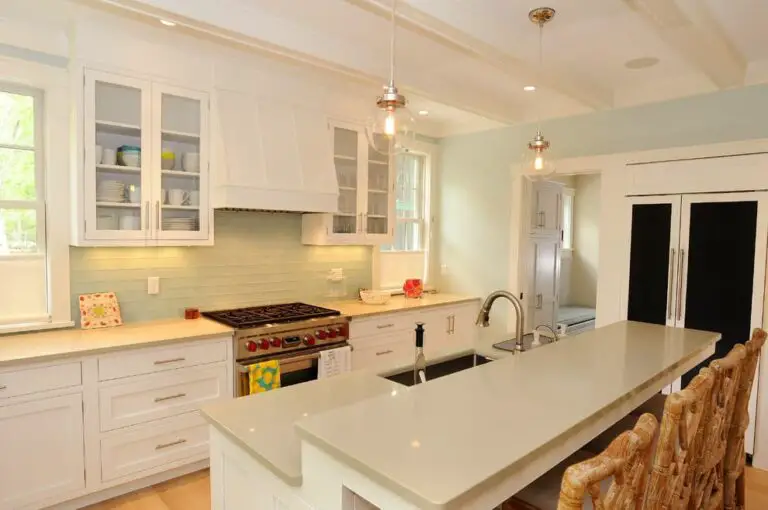31+ Different Types Of Laminate Flooring: Styles, Patterns, And Materials
When it comes to selecting laminate flooring, it’s easy to get overwhelmed by the numerous options available. To make an informed decision, let’s break down the various types of laminate flooring based on installation method, texture, material, pattern, floor construction, abrasion class rating, and edge type. This comprehensive guide will walk you through the different characteristics of each type, helping you determine which one best suits your needs.
From glued to pre-glued, embossed to smooth, and plastic to stone-look, we’ll cover it all. With a focus on quality and durability, laminate flooring has become a popular choice for homeowners seeking an affordable and low-maintenance option. By considering the different types of laminate flooring, you can find the perfect fit for your home, whether you’re looking for a traditional plank or a unique herringbone pattern.
What is laminate flooring?
Comprising multiple layers of material intricately bonded together, laminate flooring offers a unique construction design. At its core lies a transparent protective coating, which safeguards against scratches and spills. Beneath this outer shield, a visually appealing printed layer adds aesthetic appeal, while the foundation is formed by a sturdy backing that ensures stability and longevity.
Types of Laminate Flooring by Installation.
Glued laminate flooring.
When it comes to glued laminate flooring, durability takes center stage. Unlike floating laminate floors, this type of flooring relies on a strong adhesive to bond it to the subfloor, making it an excellent choice for high-traffic areas. The versatility of glued laminate flooring lies in its ability to be installed over various subfloor types – concrete, wood, and even vinyl.
If you’re thinking of bringing glued laminate flooring into your home, here are some key considerations: ensure that the adhesive used is top-notch and compatible with the flooring material; guarantee a clean and debris-free subfloor before installation; and always follow the manufacturer’s guidelines for installation and adhesive application to achieve a flawless finish.
Glue-less laminate flooring.
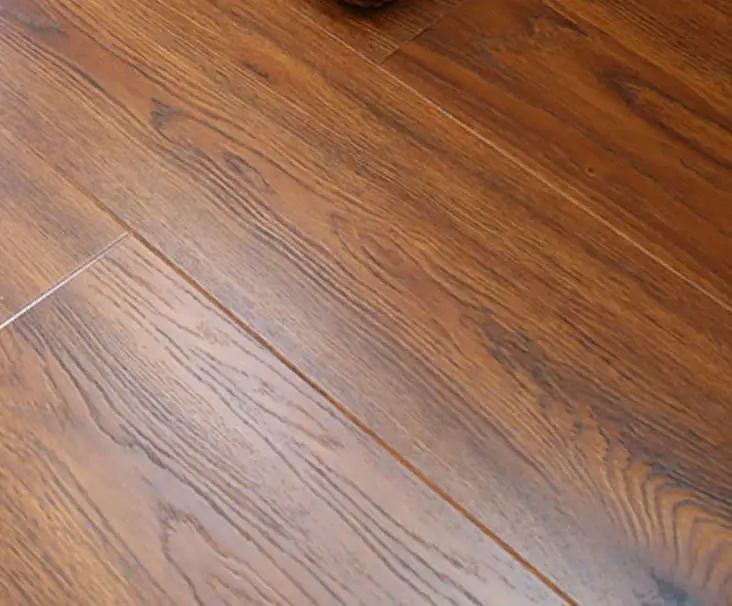
Glue-less laminate flooring has revolutionized the way we think about installing laminate floors, offering a game-changing solution that eliminates the need for glue or nails. With its user-friendly installation process, this type of flooring is accessible to anyone with basic DIY skills, making it an ideal choice for homeowners and renters alike.
One of the most significant advantages of glue-less laminate flooring is its unparalleled stability, making it perfect for high-traffic areas where durability is a top priority. Additionally, the ease of removal is another significant benefit, allowing homeowners to easily take up and reinstall their floors as needed.
Furthermore, this type of flooring boasts exceptional resistance to moisture and humidity, ensuring that it remains a practical choice for kitchens, bathrooms, and other spaces prone to dampness. Overall, glue-less laminate flooring offers a winning combination of ease, durability, and versatility that makes it an attractive option for anyone looking to upgrade their home’s flooring.
Pre–glued laminate flooring.
Pre-glued laminate flooring, a type of flooring that simplifies installation with an adhesive already applied to the boards, offers a significant advantage over traditional laminate flooring that requires a separate adhesive application. This convenience factor makes it an attractive option for many homeowners.
With pre-glued laminate flooring available in various styles and colors, you can easily find a suitable match for your personal taste and décor preferences.
The primary benefits of pre-glued laminate flooring include its ease of installation, which eliminates the need for nails or staples, and the ability to be installed over existing floors without removal. However, it is crucial to consider the drawbacks as well.
One significant disadvantage of pre-glued laminate flooring is that it can be more challenging to repair compared to traditional laminate flooring, due to the adhesive backing making it harder to remove and replace individual pieces. Additionally, pre-glued laminate flooring tends to display seams more prominently than its traditional counterpart.
Underlayment attached.
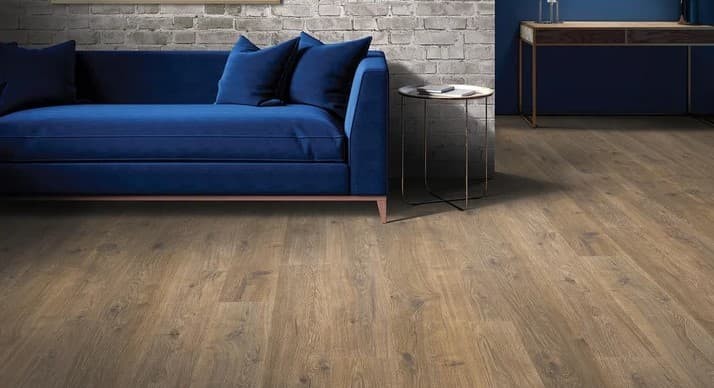
The term ‘underlayment attached’ refers to the installation of laminate flooring with a pre-attached padding. This approach is commonly selected for its straightforward nature and potential noise-reducing benefits. While many perceive this method as more user-friendly compared to other installation techniques, it’s crucial to verify that the underlayment is properly installed before commencing the process.
Types of Laminate Flooring by Texture.
Laminate flooring textures come in a variety of styles, but they can generally be categorized into three distinct groups: smooth, textured, and embossed. The smooth type offers a sleek and modern appearance, while the textured option adds a tactile element to the floor. Embossed laminate flooring, on the other hand, mimics the look and feel of natural wood or stone, often featuring subtle patterns and designs.
Distressed Laminate Flooring.
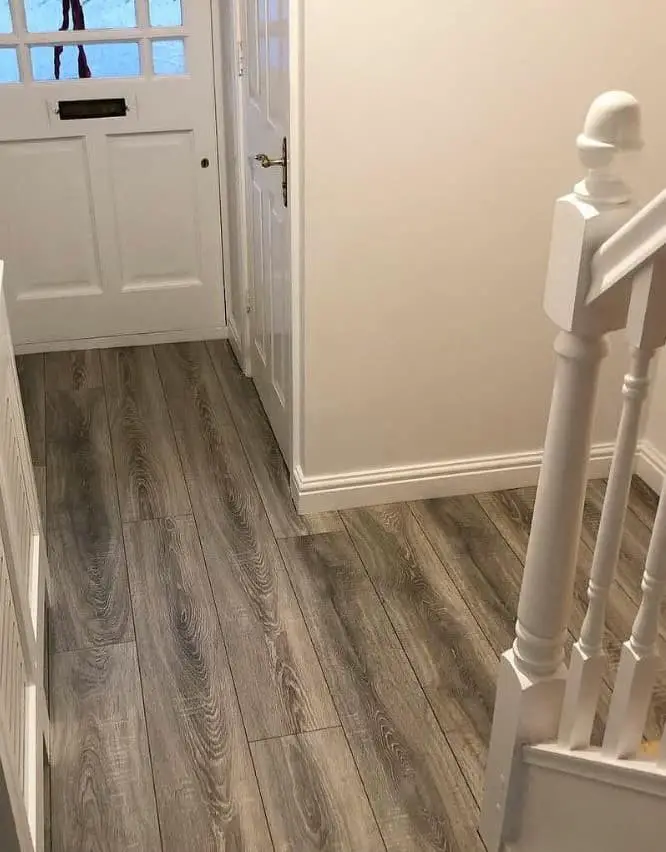
When considering distressed laminate flooring for your home, you’ll want to keep a few key points in mind. While this beautiful and popular option can bring a luxurious look without the hefty price tag, it does come with some unique characteristics. For instance, its distressed design makes it more prone to damage than regular laminate, so be mindful when moving heavy furniture or appliances. Additionally, avoid using harsh chemicals or cleaners on your floor, as they can cause irreparable harm.
Another important consideration is the installation process itself. As distressed laminate flooring can be finicky to install, especially for those without experience in flooring installation, it may be wise to hire a professional to ensure a seamless and durable outcome.
Once your floor is in place, cleaning becomes even more crucial. Be sure to sweep and vacuum regularly to keep your floor looking its best, and avoid using harsh chemicals or cleaners that could damage the laminate surface.
Finally, take care when walking on your new floor, as high heels, sharp objects, or heavy foot traffic can all take a toll on the surface.
Overall, while distressed laminate flooring presents some unique challenges, with proper care and attention, it can remain a beautiful and durable addition to your home for years to come.
Embossed in Register.
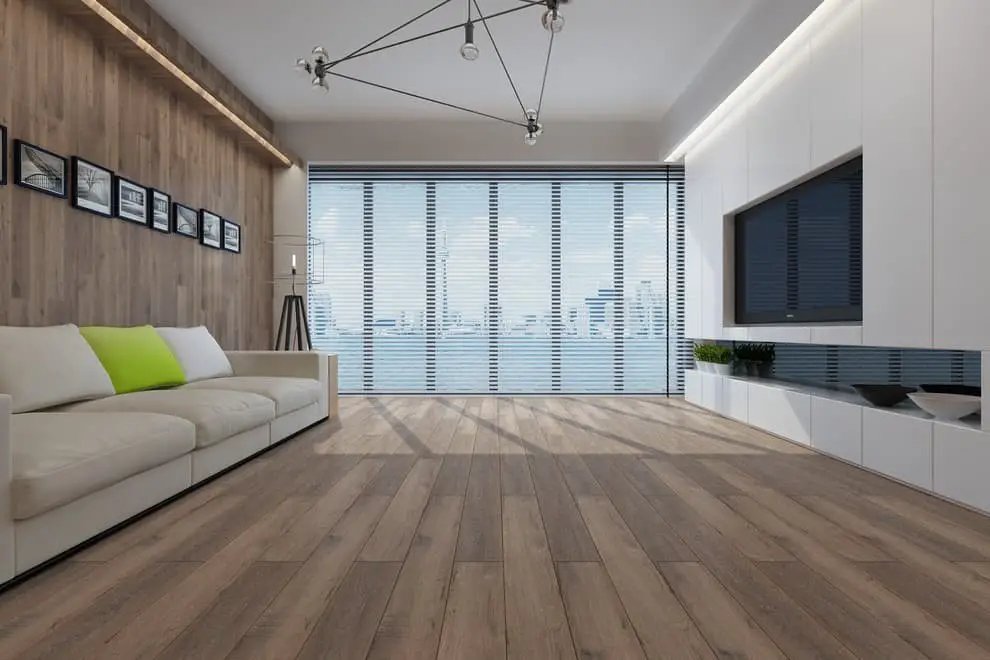
One of the most sought-after types of laminate flooring is Embossed in Register. This unique manufacturing process involves embossing the design directly onto the plank, resulting in a stunningly realistic appearance and texture that has earned it widespread popularity among homeowners and designers alike.
Embossed Laminate Flooring.
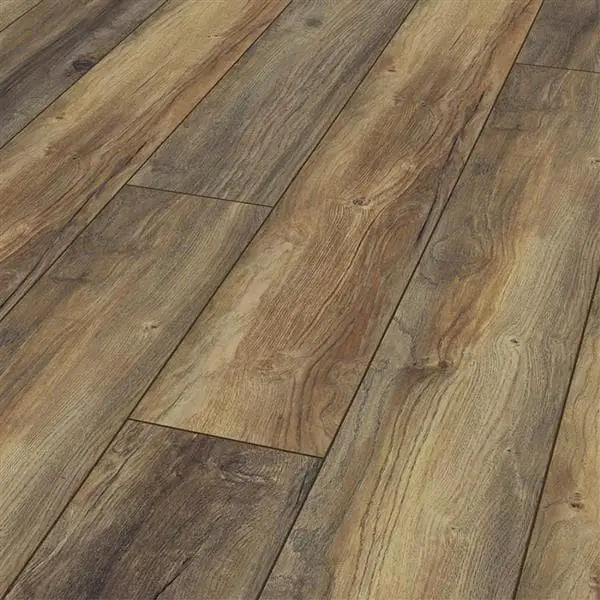
Embossed Laminate Flooring stands out from the crowd with its textured surface, crafted by combining multiple layers with a raised embossed layer. Its popularity stems from its ability to withstand heavy foot traffic in commercial settings, where durability is paramount. The versatility of Embossed Laminate Flooring also extends to residential areas, as it’s available in various colors and designs to suit diverse room styles.
While this flooring type boasts several advantages, it’s essential to consider both the pros and cons before making a decision.
On the plus side, Embossed Laminate Flooring is remarkably durable, resistant to scratches, scuffs, and stains. It’s also a breeze to clean and maintain, requiring minimal upkeep. The unique look and feel it provides can elevate your home’s aesthetic appeal.
However, there are some drawbacks to consider.
Installation can be more challenging than other types of flooring, and the surface may not provide the same level of comfort as other options for walking or standing. Furthermore, Embossed Laminate Flooring tends to be pricier than most alternatives.
Smooth Laminate Flooring.
Smooth Laminate Flooring offers a sleek and modern aesthetic, thanks to its smooth surface and synthetic material composition. This durable option is available in various colors and styles, making it an excellent choice for any room in your home. While installation and maintenance are relatively effortless, there are some considerations to keep in mind. On the plus side, laminate flooring is resistant to scratches and staining, providing a low-maintenance solution.
However, its slick surface may pose a risk of slips and falls, particularly for young children or pets. Additionally, the material’s synthetic nature means it may not be as comfortable underfoot as other options.
Types of Laminate Flooring by Material.
While laminate flooring offers a diverse range of materials to choose from, each one possesses distinct characteristics that render them more suitable for specific purposes. Among the most prevalent types are those crafted from wood, plastic, and metal, each boasting its own unique properties.
Plastic laminate flooring.
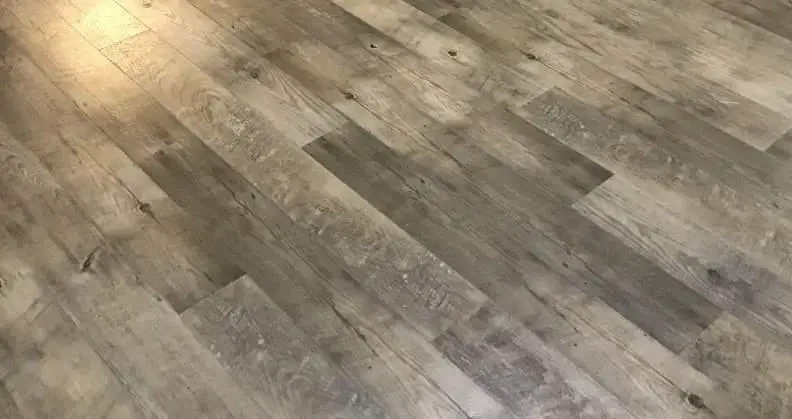
Plastic laminate flooring offers a unique blend of durability and ease of maintenance, making it a popular choice for many homes and businesses. Its versatility lies in the wide range of colors and styles available, allowing homeowners and business owners to find the perfect fit for their space.
When considering plastic laminate flooring installation, it’s essential to be aware of its potential limitations.
While not as durable as some other options, this flooring type may require more frequent replacement. Additionally, wet conditions can render plastic laminate floors slippery, emphasizing the importance of selecting a textured style.
Another consideration is the susceptibility of plastic laminate flooring to scratches and scuffs. To minimize these risks, it’s crucial to opt for a style that showcases robust resistance against such damage.
Metal look laminate flooring.
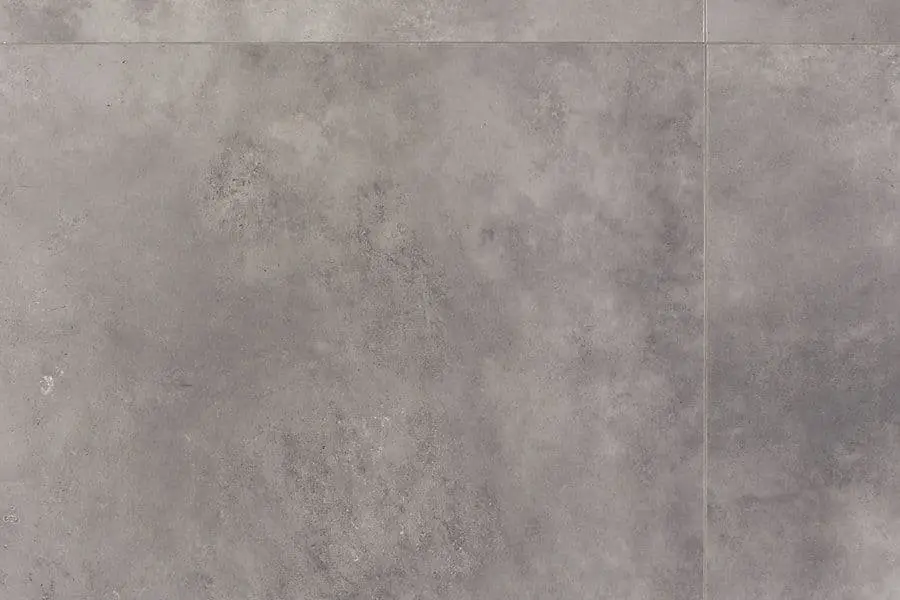
For those seeking the allure of metal without breaking the bank, metal look laminate flooring presents a compelling solution. Not only does it provide a stylish finish reminiscent of metal, but its installation and maintenance are also remarkably straightforward. This makes it an ideal choice for households with multiple priorities, such as busy families.
For homeowners on a budget looking to incorporate the metal aesthetic into their interior design, metal look laminate flooring is a shrewd investment.
Stone laminate flooring.
Stone laminate flooring offers a unique blend of aesthetics and practicality, mimicking the appearance of natural stone while boasting exceptional durability and low-maintenance requirements. Its versatility lies in its extensive color palette and diverse style options, allowing homeowners to seamlessly integrate it into their décor.
Tile Laminate Flooring.
Achieving the tile-inspired aesthetic without breaking the bank or stressing over installation complexities – laminate flooring offers an attractive solution. Not only does it provide a stunning visual replication of tile at a significantly lower cost, but also simplifies the installation process to the point where most DIY enthusiasts can take on the task with confidence.
Wood Laminate Flooring.
Wood laminate flooring has gained popularity due to its durability, ease of maintenance, and affordability. This type of flooring uses layered thin pieces of wood to create a surface that can withstand the demands of busy households with kids and pets. The resistance to stains and scratches makes it an excellent choice for families who want a low-maintenance option. Furthermore, laminate flooring can be installed over most existing floors, making it a convenient alternative.
When considering wood laminate flooring for your home, there are several factors to keep in mind.
The thickness of the laminate boards plays a crucial role in determining both durability and installation ease. Thicker boards offer better resistance to wear and tear but may be more challenging to install. On the other hand, thinner boards are easier to install but may not be as durable. The type of backing also affects durability and installation.
Foam-backed laminate is more forgiving, making it a suitable choice for DIY enthusiasts. Fiberboard-backed laminate, while more durable and stable, requires more expertise during installation.
In addition to the technical aspects, laminate flooring offers a wide range of colors and styles to suit your home’s aesthetic. It’s essential to consider the level of traffic in each room when selecting a color and style. This will ensure that your chosen floor can withstand daily wear and tear.
Finally, wood laminate flooring is an affordable way to achieve the look of real wood floors without breaking the bank. With proper installation and maintenance, it can last for years with minimal upkeep.
Types of Laminate Flooring by Pattern.
While laminate flooring offers a wide range of aesthetic options, its versatility lies not only in its varied designs but also in the various patterns it can take on. Among the most sought-after styles are those that mimic natural materials and textures, such as wood grain and stone-like motifs. These realistic patterns allow homeowners to bring the beauty of the outdoors indoors, creating a seamless transition between interior spaces.
Traditional Plank.
For those seeking the timeless appeal of hardwood flooring without the associated costs and headaches, traditional plank laminate is an excellent choice. This versatile option offers a wealth of benefits, including ease of installation, effortless maintenance, and a wide range of color and style options that can seamlessly integrate with any home’s aesthetic.
One of the most significant advantages of traditional plank laminate is its enduring classic look, which remains consistently popular across seasons and generations. Additionally, these floors are impressively durable, ensuring they will withstand the test of time and continue to serve as a stunning focal point in your home for years to come.
Thin Strip Plank.
Thin strip plank laminate flooring has been gaining popularity due to its innovative design and numerous benefits. Unlike traditional laminate floors, this style consists of thin, rectangular strips of wood that are bonded together to form a plank. One of the key advantages of thin strip plank flooring is its ease of installation. The planks can be laid in any direction, allowing homeowners to create unique patterns and designs that reflect their personal style.
Additionally, this type of flooring is more durable and resistant to wear and tear than traditional laminate options. Furthermore, it is also easier to clean and maintain, making it a practical choice for busy households.
Wide Plank.
When selecting new flooring, several factors come into play, but one crucial consideration is the width of the plank. Most laminate floors typically feature planks around 12 inches wide, yet wide plank laminate options have gained immense popularity in recent years. These wider planks are available in a range from approximately 12 to 18 inches and can significantly enhance the appearance of a room by making it seem larger and brighter.
If you’re contemplating wide plank laminate flooring for your home, several factors warrant consideration. First and foremost, the size of the room plays a significant role. In smaller rooms, narrower planks might be more suitable, whereas in larger spaces, wider planks can create an illusion of greater spaciousness. Additionally, take into account the type of furniture you have.
Heavy, large pieces may require thicker planks for support, while lighter, smaller items are compatible with thinner planks. Lastly, think about the overall aesthetic you’re aiming to achieve in your home. If traditional is your goal, narrower planks might be the way to go; however, if a modern look is what you’re after, wider planks can make a bold statement.
Herringbone or Chevron Pattern.
Timeless herringbone and its modern counterpart, chevron, are two patterns that continue to captivate designers and homeowners alike. The classic herringbone design has stood the test of time, while the more contemporary chevron pattern brings a fresh spin to this tried-and-true style. Both options can be used to create visual interest on your floor, drawing attention to a particular area or room.
Floor Construction Types.
Direct Pressure Laminate (DPL Flooring).
Direct pressure laminate (DPL) flooring is a highly sought-after option among homeowners due to its exceptional durability, ease of installation, and wide range of colors and styles. This type of laminate flooring is created by fusing multiple layers together under intense heat and pressure, resulting in a strong and resilient final product. DPL flooring’s versatility allows it to be installed over various subfloor types, including concrete, wood, and vinyl.
Moreover, it stands out as one of the few laminate options suitable for wet areas like bathrooms and kitchens. Its exceptional durability makes it an ideal choice for high-traffic zones, while its ease of cleaning and scratch resistance also make it a great option for homes with pets.
High Pressure Laminate (HPL Flooring).
High-pressure laminate flooring is crafted from multiple layers of densely compressed wood, yielding a remarkably resilient and wear-resistant surface. Its exceptional durability makes it an excellent selection for busy areas within your home, where heavy foot traffic is prevalent. Notably, HPL flooring can be seamlessly installed over existing floors, rendering it a practical option for DIY enthusiasts seeking a low-fuss installation experience.
For homeowners seeking a reliable and easy-to-install flooring solution, high-pressure laminate flooring may prove an ideal choice.
Abrasion Class (AC) Rating of Laminate Flooring.
According to the European Standard EN 13329, the Abrasion Class (AC) rating of a laminate flooring is evaluated through a rigorous testing process comprising nine distinct assessments. These trials are designed to simulate various scenarios of wear and tear on decorative laminates, ultimately determining their resistance to abrasion.
AC1 Moderate Residential.
For residential use, the minimum abrasion class is AC1. This level of product is intended for low-traffic spaces like bedrooms and living rooms, where the floor will not be subjected to heavy wear and tear. However, it’s essential to note that AC1 laminate floors are not suitable for high-traffic areas such as entryways, kitchens, or bathrooms. If you have pets or children, a higher abrasion class may be necessary to ensure the longevity of your flooring.
AC2 General Residential.
When it comes to the durability of a laminate floor, AC2 is considered the second-highest abrasion class. This classification makes it an excellent choice for most residential spaces, including bedrooms, offices, and home gyms. However, due to its slightly lower resistance to heavy foot traffic, it’s not recommended for high-traffic areas like corridors, living rooms, or dining rooms.
Instead, AC2 laminate floors are best suited for smaller, more contained spaces where the wear and tear is relatively minimal.
AC3 Heavy Residential.
When it comes to laminate flooring options, AC3 heavy residential stands out as the most resilient and long-lasting variety. Its exceptional durability makes it an excellent choice for busy households, where it can seamlessly handle heavy foot traffic and withstand the rigors of daily use in high-traffic areas like living rooms and kitchens, effortlessly withstanding the demands placed upon it.
AC4 General Commercial.
When it comes to areas with heavy foot traffic, such as office buildings and schools, the AC4 model proves to be an excellent choice. Its robust design and advanced features make it well-suited for these environments. Additionally, households with families and pets can also greatly benefit from this model’s durability and reliability.
AC5 Heavy Commercial.
When it comes to laminate flooring options, AC5 heavy commercial is a top-tier choice that excels in high-traffic environments like offices, retail spaces, and restaurants. Its robust construction enables it to withstand the demands of heavy foot traffic, while its scratch-resistant, stain-repellent, and fade-proof properties make it an ideal solution for areas where wear and tear are a concern.
Types of Laminate Flooring Edges.
Square Edge.
One of the most prevalent types of laminate flooring edges is the Square Edge. Characterized by its distinct square or beveled shape, this design allows planks to seamlessly butt up against one another in each row. This straightforward installation process yields a polished, refined appearance that adds a touch of sophistication to any room.
Rolled Bevel.
In many cases, rolled bevel is the go-to edge option for high-traffic areas like kitchens and bathrooms. This type of edge is achieved by rounding off the laminate planks’ edges, creating a softer and more welcoming appearance that can effectively conceal any minor imperfections. When paired with other edge styles like square or chamfered edges, rolled bevels can add visual interest to a space.
While they do offer aesthetic benefits, rolled bevels are also more prone to damage and wear over time, which may necessitate additional maintenance efforts compared to other edge types.
Micro-Bevel.
Laminate flooring with micro-beveled edges boasts a subtle yet effective design feature. By carefully sanding the planks at a precise angle, a small, raised lip forms on each plank’s edge. This subtle detail not only conceals imperfections in the underlying substrate but also reduces the likelihood of wear and tear over time. When it comes to micro-beveled edges, manufacturers often offer a range of profiles, including square, rounded, and beveled.
While most provide a limited selection, choosing the one that best suits your project’s needs is crucial.
Deep Bevel.
Laminate floors often feature deep bevels, which are particularly well-suited for high-traffic areas or spaces with an abundance of furniture. This type of edge is adept at concealing imperfections in the subfloor and masking gaps between boards. While it does an excellent job of hiding these minor flaws, deep bevel can prove challenging to clean due to its tendency to trap dirt and dust in the crevices.
Painted Bevel.
Laminate flooring with painted bevel edges features a subtle, raised lip that adds visual interest to the overall design. This lip typically measures around 0.32 cm (0.125 inches) higher than the rest of the plank, providing a slight elevation that catches the eye. Square and rounded styles are available, with square being more prevalent; however, rounded bevels can lend a softer, more understated look to your floors.
A notable aspect of painted bevels is their versatility in terms of color options, allowing you to seamlessly match them to your laminate flooring. One of the primary benefits of this edge type is its ease of maintenance and cleaning. The raised lip serves as a natural barrier against dirt and dust, preventing it from accumulating underneath the flooring. Additionally, painted bevels can help conceal minor imperfections in the flooring, further enhancing their appeal.
Types of Laminate Flooring by Gloss Level.
When it comes to laminate flooring, the level of gloss can significantly impact its appearance and functionality. In fact, there are three primary types of laminate floors based on their gloss levels: high-gloss, semi-gloss, and low-gloss. High-gloss options boast a sleek, reflective surface that not only adds a touch of sophistication but also makes cleaning and maintenance a breeze.
Semi-gloss laminate floors, on the other hand, offer a subtle satin finish that provides a balance between reflectivity and practicality. Meanwhile, low-gloss options feature a matte finish that can imbue your home with a natural, understated charm, making them an excellent choice for those seeking a more subdued aesthetic.
FAQs
What thickness of laminate flooring is best?
When selecting the thickness of your laminate flooring, several factors come into play. The subfloor is one key consideration – if it’s concrete, a thicker laminate floor can help reduce noise and create a more comfortable walking surface. Another factor is the height of your doorways: if they’re high, a thicker laminate floor will minimize the transition between the two surfaces. Finally, think about the overall aesthetic you want to achieve.
For a formal look, thinner may be the way to go, while a rustic vibe might call for a thicker option. Ultimately, there’s a perfect laminate flooring thickness out there for your needs.
What are the benefits of choosing a thicker laminate flooring?
Thicker laminate flooring offers a range of advantages that make it an attractive option for many homeowners. One of the primary benefits is its increased durability, allowing it to withstand heavy foot traffic and daily wear and tear. This makes it particularly well-suited for high-traffic areas such as entryways, hallways, and living rooms.
Another benefit of thicker laminate flooring is its superior sound-absorbing properties.
The added thickness provides more padding, which effectively muffles footsteps and conversations, creating a quieter and more peaceful environment. This can be especially beneficial in homes with multiple levels or shared living spaces.
Finally, thicker laminate floors tend to retain heat better than their thinner counterparts, making them a cozy choice for colder climates.
The added insulation provides an extra layer of warmth underfoot, keeping the space comfortable and inviting even on chilly days.
Do you need underlayment for laminate flooring?
While laminate flooring can technically be installed without underlayment, it’s a crucial step that significantly enhances the overall performance and appearance of your finished floor. Underlayment serves as a thin yet vital layer between the subfloor and the laminate flooring itself, offering numerous benefits such as absorbing impact and noise, providing a seamless and level surface for the finished flooring, and shielding it from moisture damage.
While not strictly necessary, underlayment is highly recommended to ensure your laminate flooring lasts its intended lifespan and maintains its visual appeal.
Conclusion
In conclusion, the three primary types of laminate flooring offer distinct advantages and disadvantages. To make an informed choice, carefully consider each option’s pros and cons, as well as the associated cost. By doing so, you’ll be able to select a flooring that perfectly suits your home and lifestyle.
Related Posts
When it comes to home improvement projects, one question often arises: do you tip floor installers? While gratuity etiquette may vary depending on the context and cultural norms, understanding the expectations surrounding tips can help ensure a positive experience for both parties. On the flip side, if you’re considering a career in flooring installation, it’s essential to know the steps to follow. For instance, what color walls pair well with grey floors?
Expert design advice can provide valuable insights into creating a cohesive look. As we delve into open floor plans and the history of rugs, we’ll also explore decorating ideas for homes featuring such spaces.

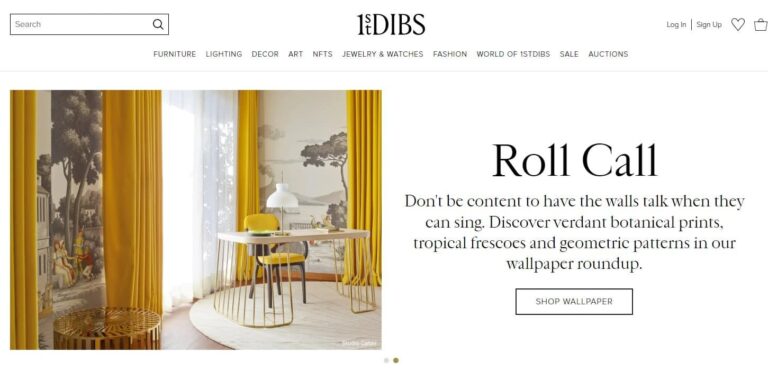
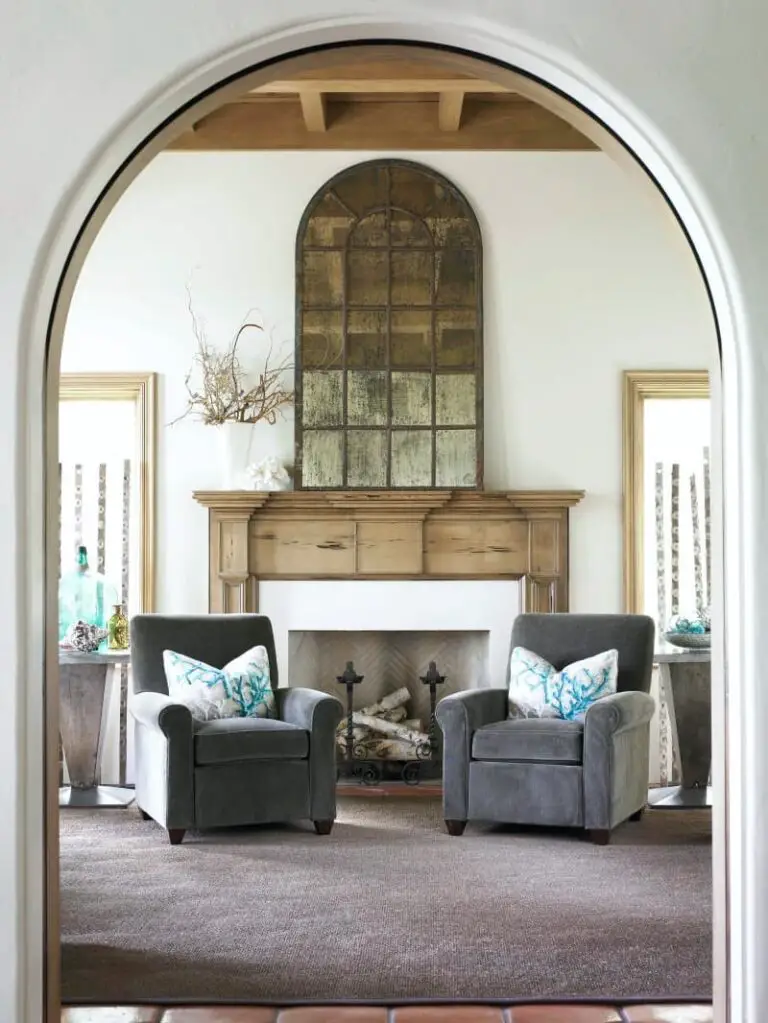


![How To Draw Straight Lines [With 4 Exercises!]](https://potterpalace.com/wp-content/uploads/2024/05/684d341ba74e51d75b67207cfada14d3_compress.jpg)
